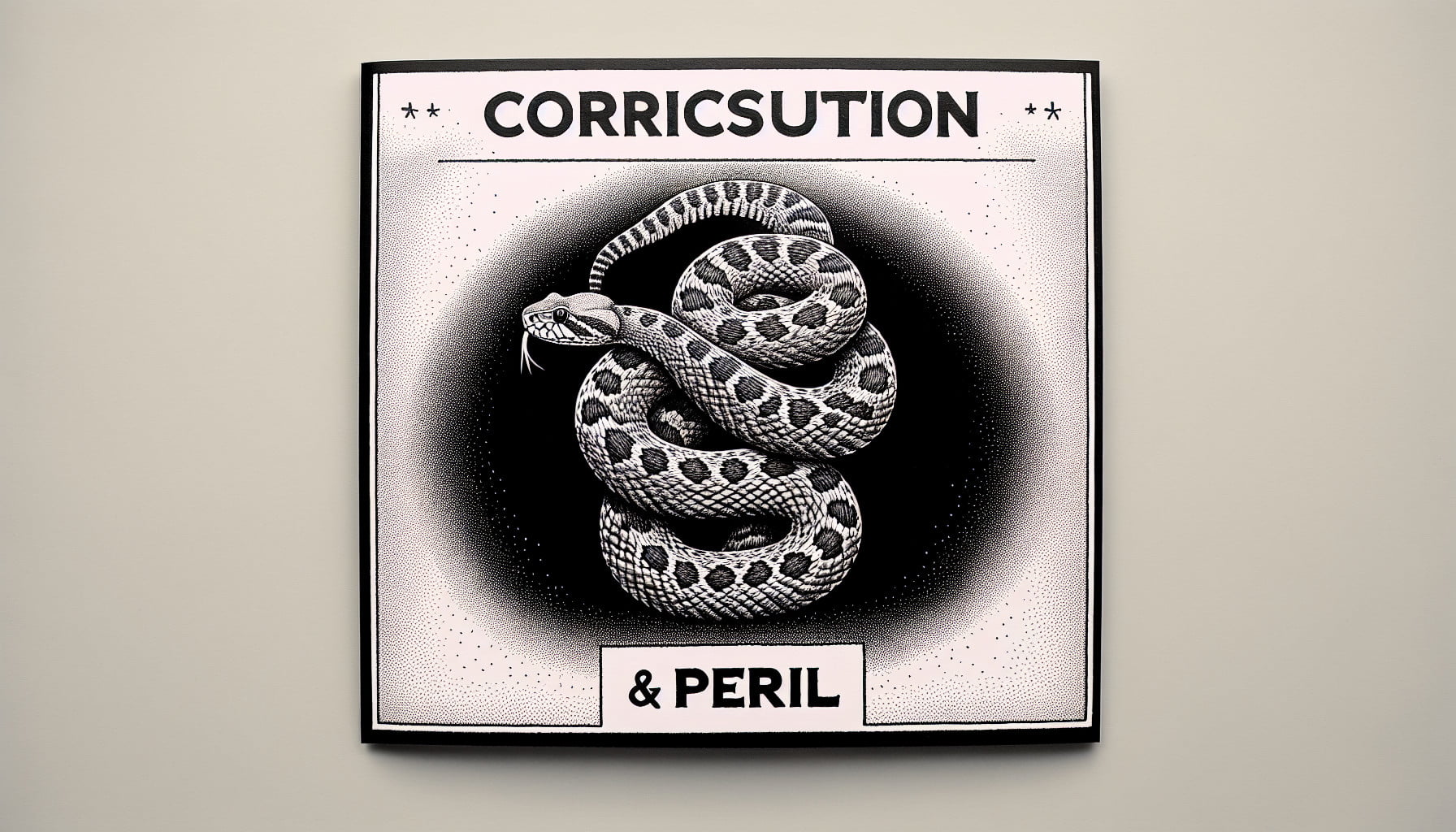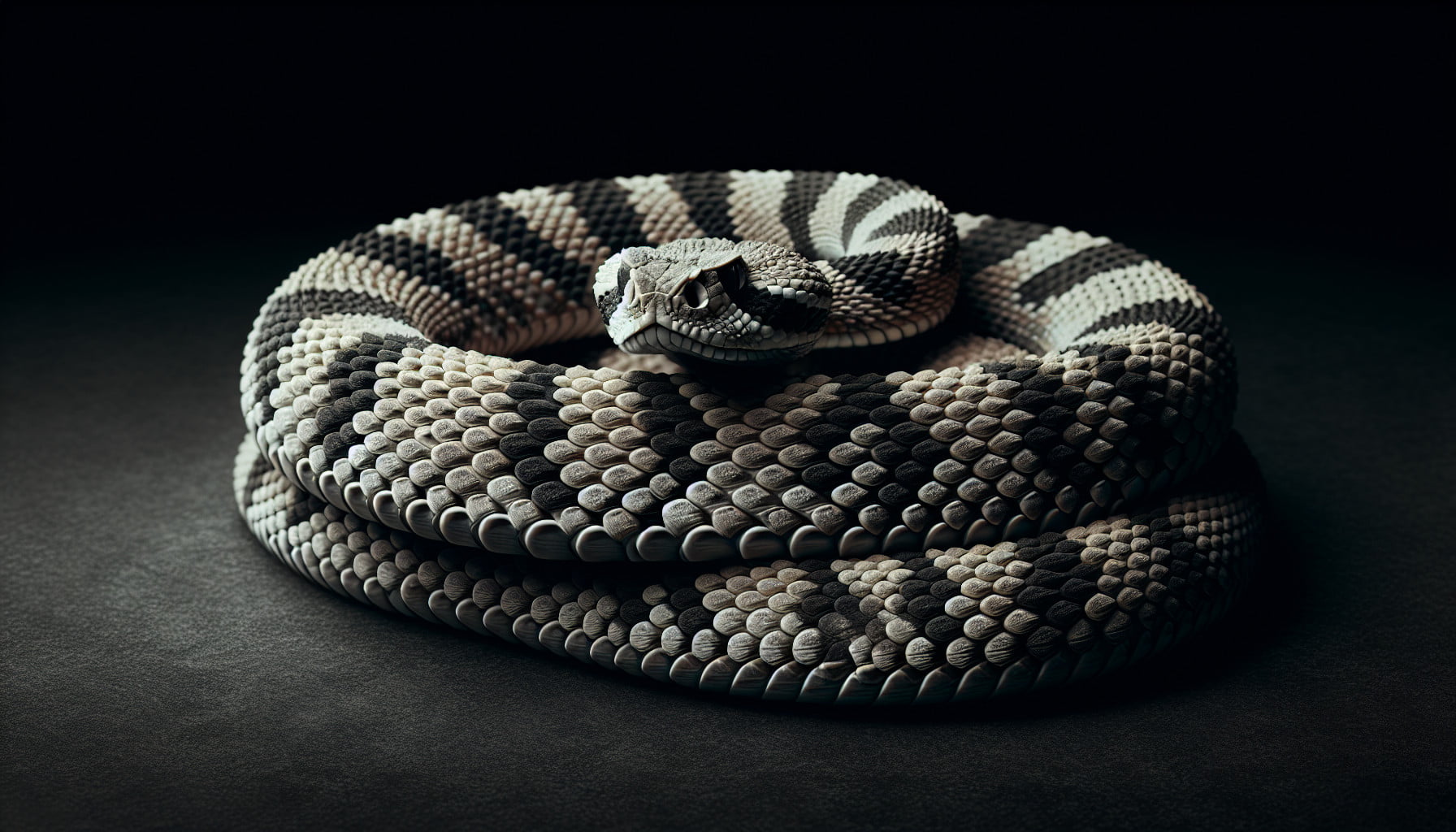You love being outdoors and exploring nature, but the last thing you want is to encounter a snake and end up with a painful bite. In this article, we will share some essential tips that will help you avoid snake bites and ensure that your outdoor adventures remain enjoyable and bite-free. So, if you’re ready to learn how to stay safe and snake-free, keep on reading! Snakes are fascinating creatures that play important roles in our ecosystems. However, encountering them in the wild can be nerve-wracking, especially if you’re unsure of their species and potential danger. To help you navigate snake encounters safely, here are some essential tips for avoiding snake bites.
Choose Snake-Free Areas
Avoid snake habitats
First and foremost, one of the best ways to prevent snake bites is to avoid areas known to be snake habitats. This includes marshy or swampy areas, rocky outcrops, and dense forests. Snakes are cold-blooded and seek out warm places, so be particularly cautious in sunny spots or near water sources.
Stay on designated trails
When exploring nature, stick to designated trails whenever possible. These areas are typically maintained and cleared of dense vegetation, reducing the chances of accidentally stumbling upon a snake. Venturing off-trail not only increases the risk of encountering snakes but also disturbs their natural habitat.
Avoid areas with high grass or dense vegetation
Snakes like to hide and ambush their prey, and tall grass or densely vegetated areas provide ample cover. To minimize the risk of snake encounters, avoid walking through these areas or opt for trails that are well-maintained and regularly cleared.
Wear the Right Clothing
Wear long pants and boots
When venturing into snake-prone areas, it’s crucial to protect yourself by wearing appropriate clothing. Opt for long pants, preferably made of thick material, to provide a barrier between your skin and a potential snake bite.
Tuck pants into boots
To further safeguard against snake bites, tuck your pants into your boots. This ensures that there are no gaps or exposed areas where a snake could make contact with your skin. It may seem like a small step, but it can significantly reduce the chances of a snake sinking its fangs into you.
Wear thick socks
In addition to long pants and boots, wearing thick socks can add an extra layer of protection. The goal is to create a physical barrier that makes it more difficult for a snake to penetrate your skin in case of an accidental encounter.

Be Mindful of Your Surroundings
Watch where you step
When in snake-prone areas, always watch your step. Be mindful of your surroundings and avoid stepping or placing your hands in areas where a snake could be hiding. Take your time and tread carefully, especially in areas with high grass, rocks, or fallen logs.
Look before you reach or touch
Before reaching or touching anything, be sure to visually inspect the area for any signs of snakes. Snakes can camouflage themselves incredibly well, blending seamlessly with their surroundings. By taking a moment to look closely, you can avoid accidentally coming into contact with a snake.
Check your bedding and shoes
Snakes can sometimes find their way into unexpected places, such as tents or shoes. Before settling into your sleeping bag or putting on your shoes, check them thoroughly for any signs of a lurking snake. Shake out your bedding and always inspect your footwear to ensure they are snake-free.
Stay Quiet and Calm
Don’t startle the snake
Snakes are generally more scared of humans than we are of them. However, if startled or provoked, they may react defensively. Avoid sudden movements or actions that could startle a snake, such as jumping or screaming, as this may trigger it to strike.
Move away slowly and quietly
If you find yourself in close proximity to a snake, the best course of action is to slowly and calmly move away from it. Do not make any rapid movements or sudden gestures that could alarm the snake. Slowly back away and create as much distance between you and the snake as possible.
Avoid rapid movements or loud noises
Keeping with the same theme, avoiding rapid movements and loud noises can help prevent snake bites. Snakes rely heavily on their senses, particularly their hearing and ability to detect vibrations. Sudden movements or loud noises may be interpreted as a threat and cause them to strike in self-defense.

Use a Flashlight at Night
Illuminate the area before walking
Venturing out at night brings its own set of challenges, as it can be difficult to spot snakes in the dark. To mitigate this risk, always use a flashlight to illuminate the path ahead before taking each step. By doing so, you’ll have a better chance of detecting any snakes that may be lurking nearby.
Shine light in bushes or tall grass
Snakes often seek refuge in bushes or tall grass during the night, making them hard to spot with just a quick glance. To ensure your safety, shine your flashlight into these areas, allowing the light to penetrate the vegetation and reveal any hidden snakes.
Keep a safe distance from any snakes
If you do happen to come across a snake while using a flashlight, it is essential to maintain a safe distance. Respect the snake’s space and slowly back away to avoid any unnecessary confrontation. Remember, snakes generally want to avoid humans as much as we want to avoid them.
Learn to Identify Venomous Snakes
Familiarize yourself with local species
Before venturing into snake-prone areas, take the time to familiarize yourself with the species that are native to your region. Learn to recognize their distinctive features, behaviors, and habitats. This knowledge will help you assess the potential threat level and respond appropriately in the event of an encounter.
Study snake patterns and markings
Understanding snake patterns and markings can provide valuable information about their venomous or non-venomous nature. Some venomous snakes have distinct patterns, such as a diamond-shaped head or a series of bands, while others may have bright colors meant to warn potential predators. Study these patterns and markings to enhance your ability to identify venomous snakes.
Know the distinctive features of venomous snakes
In addition to patterns and markings, familiarize yourself with the distinctive features commonly associated with venomous snakes. These may include heat-sensing pits, hollow fangs, or a triangular-shaped head. Knowing these characteristics can help you differentiate between harmless snakes and potentially dangerous ones.
Avoid Attracting Prey for Snakes
Keep your surroundings clean
Snakes are attracted to areas with abundant prey, so keeping your surroundings clean and free of debris can reduce the likelihood of encountering them. Remove any potential food sources, such as rodents or insects, from around your home or campsite, making it less appealing for snakes to venture close.
Dispose of food waste properly
Properly disposing of food waste is crucial for deterring prey animals, which are potential targets for snakes. Ensure that garbage bags are securely sealed and placed in tightly closed bins to minimize odors that could attract both prey and predators.
Secure garbage cans and compost bins
Snakes are opportunistic feeders and will go where the food is easiest to find. To prevent them from being drawn to your property, secure your garbage cans and compost bins with tight-fitting lids or consider using wildlife-proof containers. This will help keep odors contained and prevent easy access for snakes and other unwanted pests.
Keep Pets Under Control
Walk dogs on a leash
When walking your dog in snake-prone areas, always keep them on a leash. This not only ensures their safety but also helps prevent them from inadvertently provoking or chasing a snake. By keeping your furry friend close, you can minimize the risk of a snake bite and maintain better control of the situation.
Prevent pets from chasing snakes
Some dogs have a natural instinct to chase and investigate small creatures, including snakes. To protect your pet from potential snake encounters, train them to avoid chasing or approaching snakes. This can be done through positive reinforcement training and teaching them basic commands like “leave it” or “come.”
Supervise pets when outdoors
If you have a backyard or live in an area where snakes are present, it’s essential to supervise your pets when they are outdoors. Keeping a watchful eye on their activities and ensuring they stay within designated areas can help prevent snake bites and other potential dangers.
Be Cautious When Handling Objects
Check before picking up rocks or logs
Snakes often seek shelter under rocks or logs, making them potential hiding spots. Before picking up or moving any objects in snake-prone areas, take a moment to carefully inspect them for any signs of a snake’s presence. Use a stick or tool to lift the object from a safe distance if necessary.
Use tools or gloves for moving objects
If you need to move or handle objects in snake habitats, it’s advisable to use tools or wear thick gloves for added protection. This minimizes direct contact and reduces the likelihood of a surprise snake bite. Always err on the side of caution and prioritize your safety when handling unknown objects.
Never handle a snake if you are not trained
While snakes can evoke curiosity and intrigue, it is crucial to never attempt to handle a snake if you are not trained or experienced in snake handling. Even non-venomous snakes can bite, and attempting to handle a venomous snake without the proper knowledge and equipment is extremely dangerous. Leave snake handling to trained professionals.
Know What to Do in Case of a Bite
Stay calm and call for help
In the unfortunate event of a snake bite, staying calm is of utmost importance. Panicking will only increase your heart rate and spread the venom more quickly. Immediately call for medical help or emergency services to ensure proper treatment and transport to a hospital capable of administering antivenom.
Keep the bite site below heart level
While waiting for medical professionals to arrive, it is recommended to keep the bitten limb below heart level. This can help slow down the spread of venom through the bloodstream. However, avoid immobilizing the limb entirely, as this can cause swelling and potentially worsen the situation.
Do not attempt to suck out the venom
Contrary to popular belief, attempting to suck out the venom from a snake bite is not an effective treatment method. This method is not only ineffective but can also cause further damage to the wound or put yourself at risk of exposure to the venom. Focus on seeking immediate medical attention instead.
By following these essential tips for avoiding snake bites, you can enjoy your outdoor adventures with peace of mind. Remember, knowledge and preparation are your best tools for staying safe in snake-prone areas. Respect these remarkable creatures from a distance, and they will continue to play their vital role in our ecosystems without posing a threat to you.

